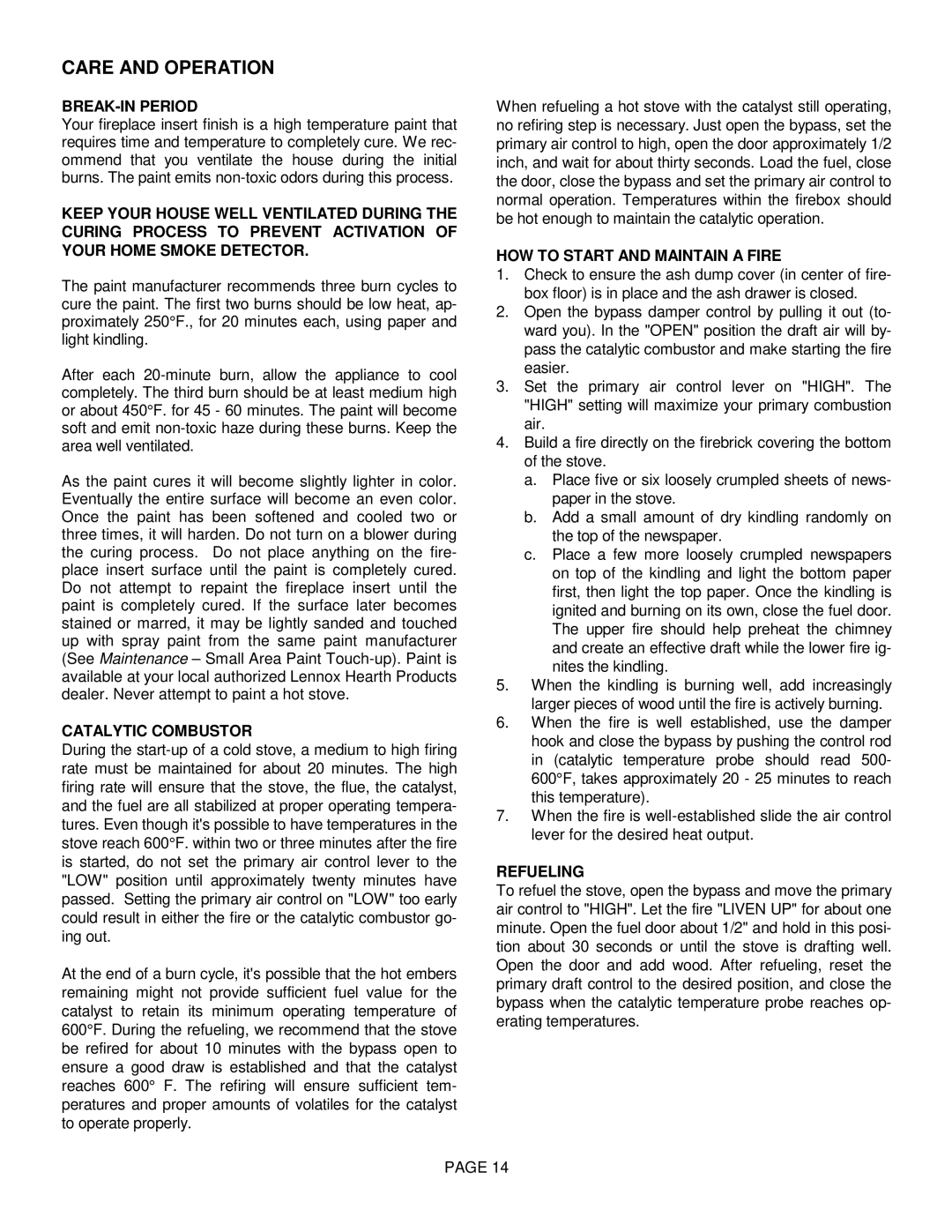BV4000C specifications
Lennox International Inc has long been a leader in manufacturing high-efficiency heating, cooling, and refrigeration systems. Among its innovative product line is the Lennox BV4000C, a powerful and reliable commercial ventilation system designed to enhance indoor air quality and optimize energy efficiency. The BV4000C is engineered for use in various commercial settings, providing superior performance and durability.One of the standout features of the BV4000C is its exceptional air capacity. Capable of delivering substantial airflow, it is ideally suited for larger commercial spaces that require effective ventilation. The unit is designed with advanced fan technology that ensures quiet operation while maintaining high efficiency. This reduces noise pollution in busy environments, making it a great choice for restaurants, offices, and retail establishments.
Energy efficiency is a top priority for the BV4000C, which is equipped with cutting-edge inverter-driven scroll compressors. These compressors automatically adjust their speed based on the demand for cooling or heating, leading to substantial energy savings. With its high SEER (Seasonal Energy Efficiency Ratio) rating, the BV4000C significantly lowers energy consumption without sacrificing comfort.
The BV4000C features innovative control technologies that streamline operation and improve user experience. The integrated smart thermostat allows for precise temperature control and can be easily programmed to meet the specific needs of any commercial setting. Additionally, it supports remote monitoring and control capabilities through mobile applications, ensuring that operators can manage their HVAC systems from anywhere.
Durability and reliability are critical for commercial HVAC systems, and the BV4000C does not disappoint. Constructed with high-quality materials, it is designed to withstand rigorous operational conditions and offers a long lifespan. The unit's robust build minimizes maintenance requirements, further enhancing its appeal for business owners seeking dependable solutions.
Safety is also a key consideration in the design of the BV4000C. It incorporates advanced safety features such as built-in surge protection, ensuring the unit operates safely even in variable electrical environments.
In summary, the Lennox BV4000C is a state-of-the-art commercial ventilation system that excels in efficiency, performance, and reliability. Its advanced technologies, versatile features, and commitment to energy savings make it an invaluable addition to any commercial property. Whether for cooling, heating, or ventilation, the BV4000C serves as an exemplary choice for businesses looking to enhance their indoor environment while reducing operational costs.
